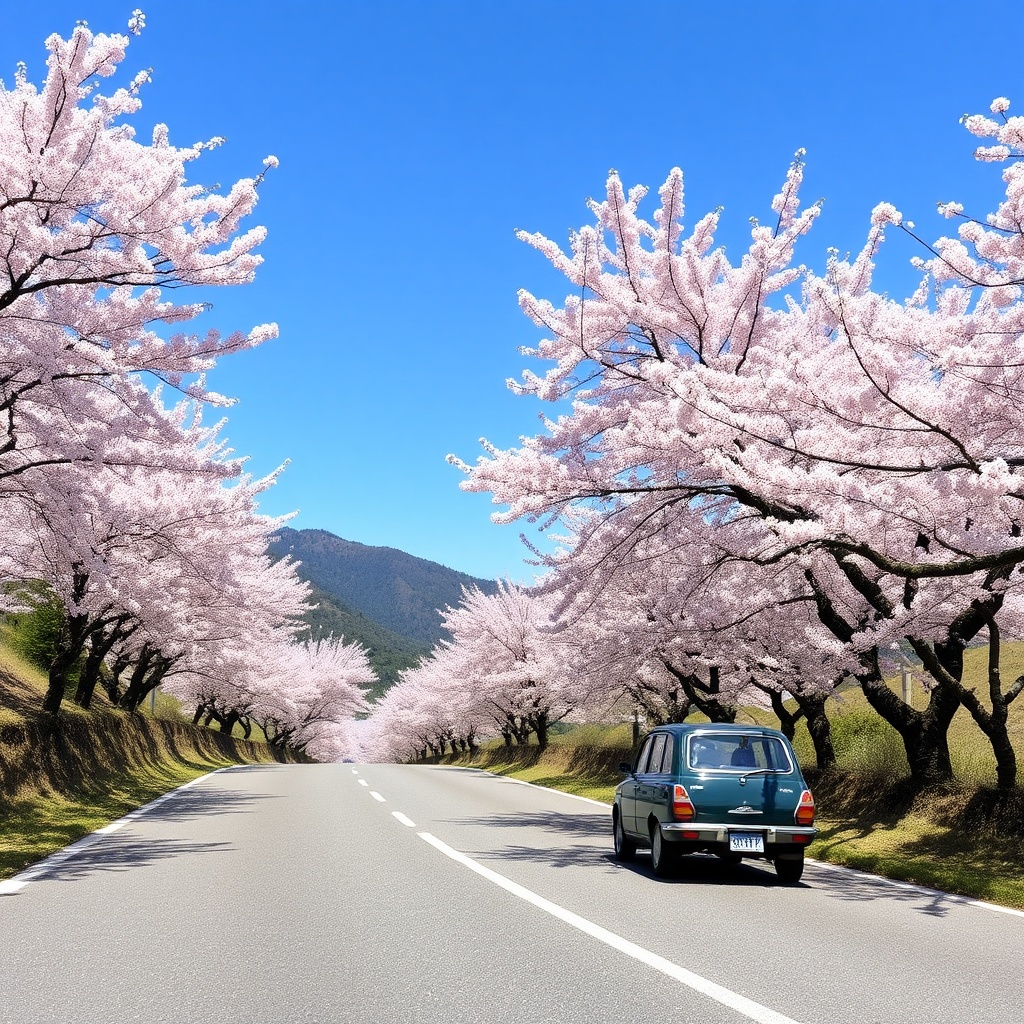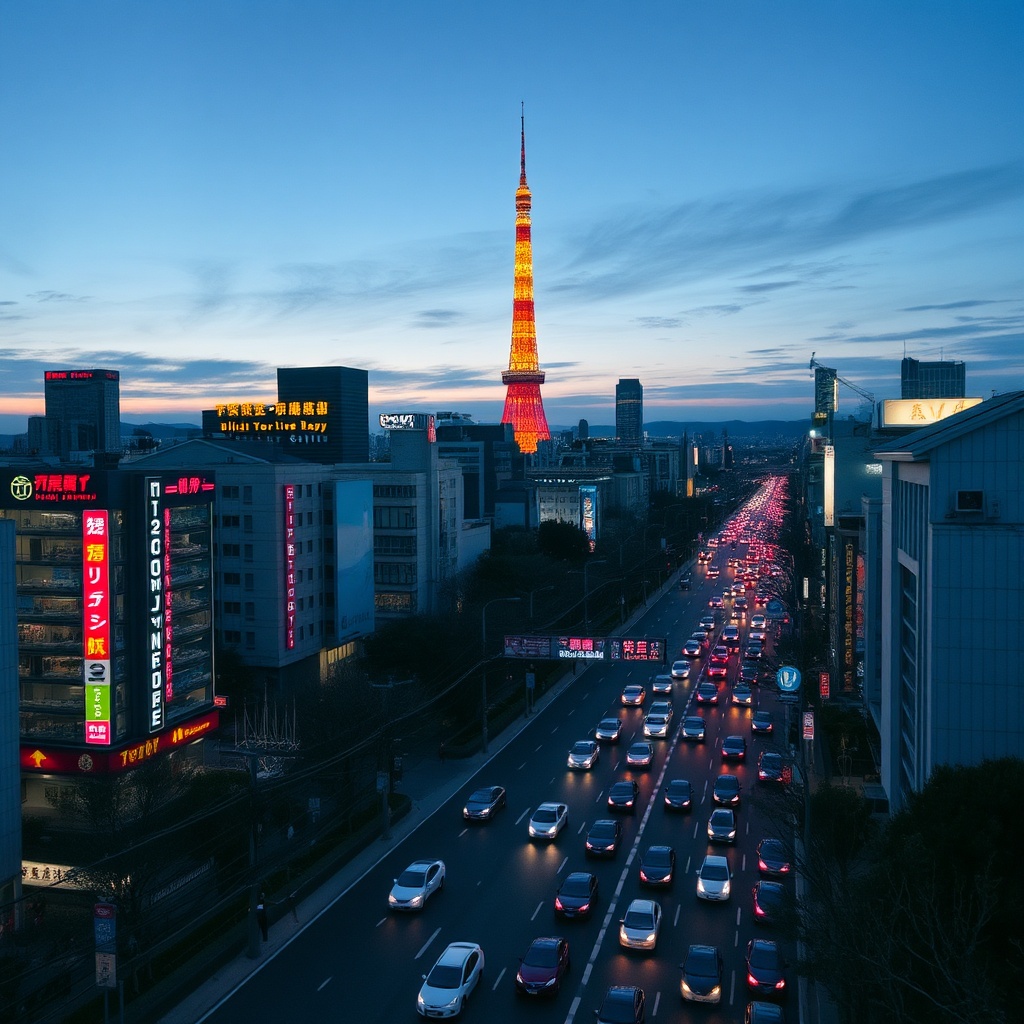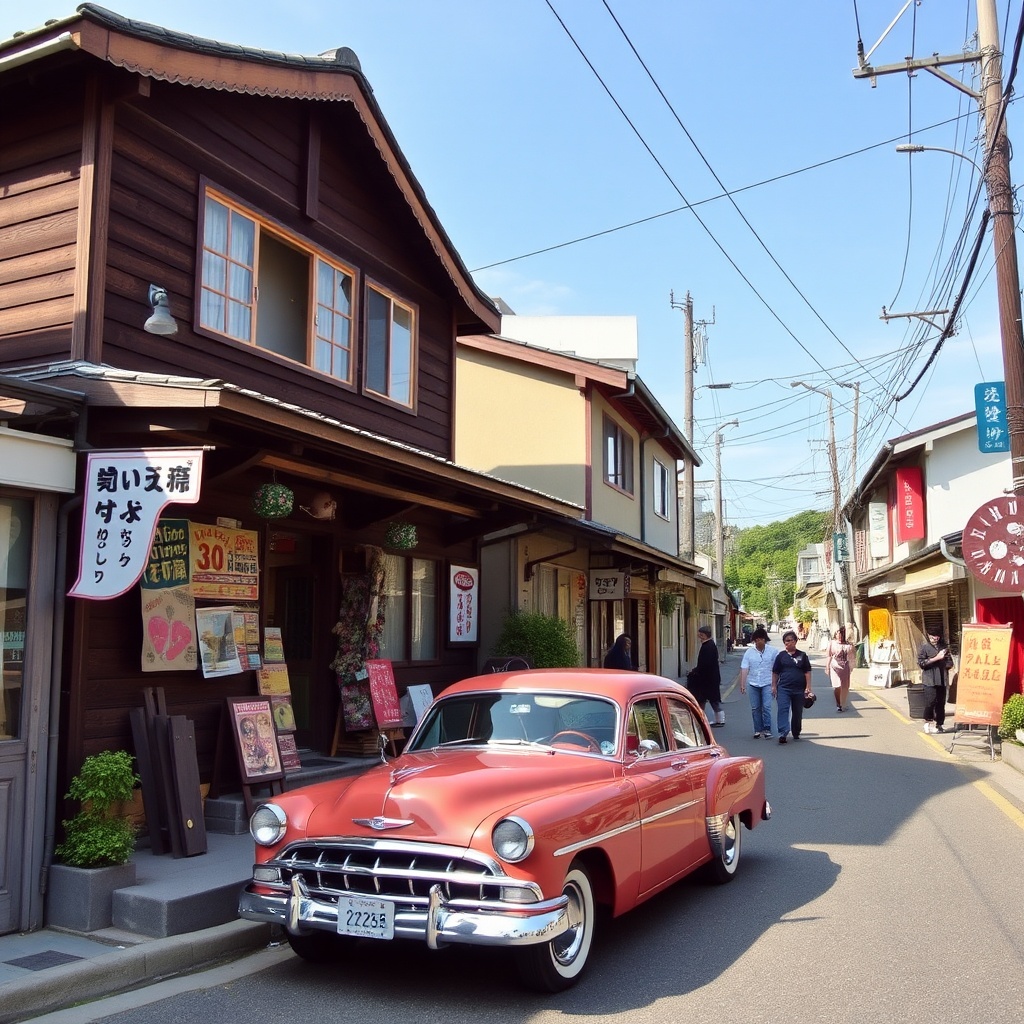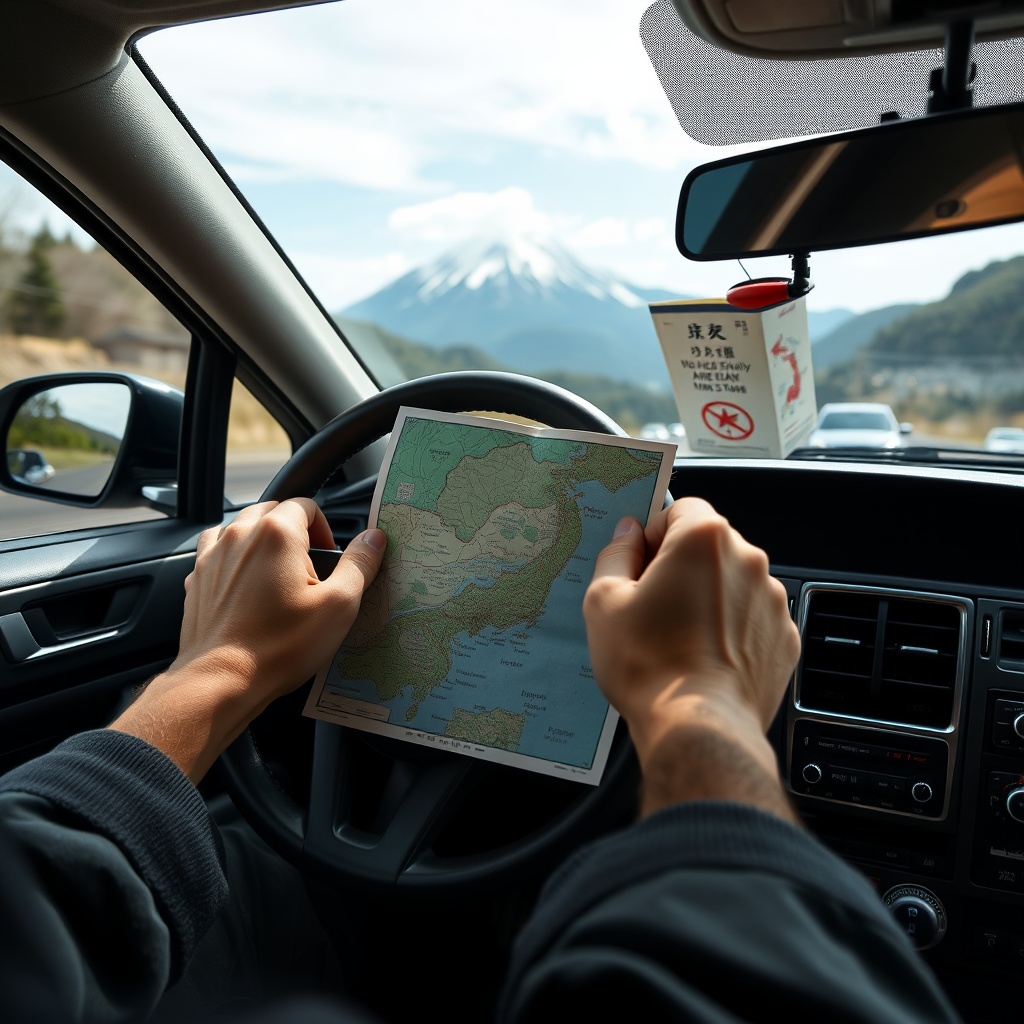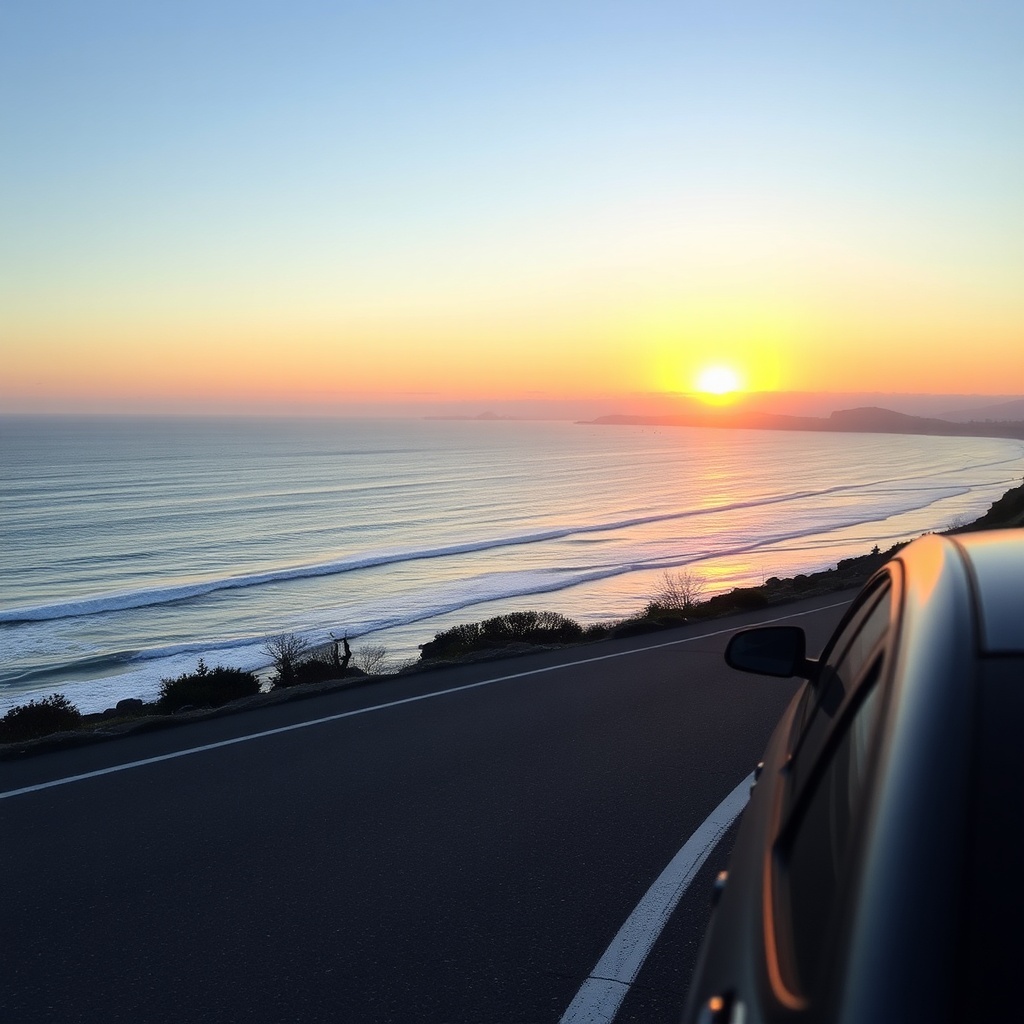Driving in Japan: An Adventure Awaits!
Win a Free Trip to Japan!
Experience cherry blossoms and ancient temples
Ah, Japan! A land of breathtaking scenery, delicious food, and a culture that seamlessly blends tradition with modernity. But what about driving there? If you’re like me, the thought of zipping around in a rental car might seem exhilarating, and let me tell you, it truly is! Buckle up as we dive into the fascinating world of driving in Japan and explore all the quirks and tips you need for an unforgettable journey!
Why I Love Driving in Japan
First things first, let’s talk about why driving in Japan is such a delightful experience. For starters, the roads are impeccably maintained. Imagine smooth, wide highways with clear signage and minimal potholes. It’s a driver’s dream! Plus, the scenic views will have you pulling over for photo ops more often than not. And let’s not forget the roadside stops—they’re nothing short of magical! Picture mini-malls filled with local delicacies, rest areas that feel like cozy cafes, and clean restrooms that you can actually use without fear. They’re called Service Areas (SA) and Parking Areas (PA). Trust me, you’ll want to plan your pit stops at these gems!
Weekend Warrior Woes
Now, driving in Japan isn’t all sunshine and rainbows. When the weekend rolls around, prepare for a bit of a traffic jam if you’re heading back to the city. From 3 PM onwards on Saturdays, Sundays, and public holidays, the roads can resemble a parking lot. My advice? Leave before 3 PM or embrace the night owl life and head back after 9 PM when the roads are blissfully clear.
Here’s a pro tip: When you find yourself stuck in traffic, it’s common etiquette in Japan to switch on your hazard lights. This little gesture lets the drivers behind you know that things are about to slow down. It’s like a friendly wave, but with lights!
Parking: A Game of Precision
Now let’s discuss parking. Ah, the joy of finding a parking spot in the bustling cities! While parking is available, it can be a bit of a challenge, especially in urban areas. The prices can be steep, but that’s not the only hurdle. The dimensions of parking spaces can feel like they were designed for toy cars! I’ve found myself sweating bullets trying to maneuver into a spot that seems just a smidge too small. If you’re not a parking pro, you might want to practice your skills before tackling the tight street parking in cities.
And don’t even get me started on the tiny side streets in suburban areas. My navigation system warns me to “obey the road rules and watch the road width,” and boy, it’s not kidding! If you hear a “crunch” sound—well, let’s just say it might be your car’s side mirror meeting a wall. Oops!
Language Barrier? No Problem!
Are you worried about not speaking or reading Japanese? Fret not! As long as you have a fantastic English-speaking navigation system, you’ll be just fine. While you might miss some last-minute highway notifications about accidents or roadworks if you don’t speak Japanese, you can still make it through with a little extra caution. And if you happen to be pulled over by the police, don’t panic! Japanese traffic cops are known for being polite and straightforward. Just remember to keep your cool, and you might even get a friendly encounter, like I did when my little boy wanted to meet the policeman!
Traffic Fines: A Mixed Bag
Now, let’s talk about traffic fines. Compared to Australia, they’re much cheaper, but that doesn’t mean you should test your luck! For a first offense, I received a ticket for crossing the orange lane lines, which set me back about 7500 yen. However, parking illegally can hit your wallet hard, with fines reaching up to 30,000 yen in some cases. So, what’s the trick to avoiding tickets? Here’s a fun fact: You can legally park on the side of the street as long as there’s a passenger in the car. Just make sure to hop back in before the passenger leaves, or you might find your car being ticketed or towed!
Key Driving Differences
- Zero Tolerance for Alcohol: You absolutely cannot have any alcohol in your system while driving in Japan. It’s a hard and fast rule!
- Orange Lane Lines: Crossing those lines is a no-go. Stay in your lane, my friend!
- Pedestrians and Cyclists: When turning, be extra cautious—pedestrians and cyclists have rights too. Look both ways, and then some!
- Child Safety: While children aren’t legally required to sit in child seats, I opted to keep my kids secure with top-quality seats that meet Australian standards.
- Red Stop Signs: You must come to a complete stop at red stop signs, even if there’s no traffic around. Rolling through isn’t an option!
- Railway Crossings: Always stop before crossing railway lines. Safety first!
Finding Parking Spots Like a Pro
Your navigation system will be your best friend when it comes to finding parking. For live availability, consider using Japanese apps like Park Smart or Times Parking. If you’re feeling adventurous, check out the Mitsui RePark website, but be warned—it’s in Japanese!
The Cost of Parking
Parking costs can vary widely. In large amusement parks or event areas, expect to pay around 500-1000 yen, while inner-city parking can skyrocket to 2500 yen per hour! If you’re out in the suburbs, you might find more reasonable rates of about 2500 yen for an entire day. Some parking lots even have levers that lift up once you’ve paid, while others take a snapshot of your license plate to ensure you pay up later. And remember, most parking fees are settled just before you leave the lot!
Final Thoughts: The Joy of Driving in Japan
Driving in Japan can be an exhilarating experience. Just make sure to have an international driver’s license ready, along with your residency card or passport. An English-speaking navigation system is crucial for avoiding one-way streets and sudden route changes. And while tolls can add up, the convenience and flexibility of a rental car can make it worth your while.
So, whether you’re cruising along the coast or taking a scenic drive through the countryside, embrace the adventure. With a little preparation and a dash of fun, your driving experience in Japan will be one for the books! Bon voyage!
